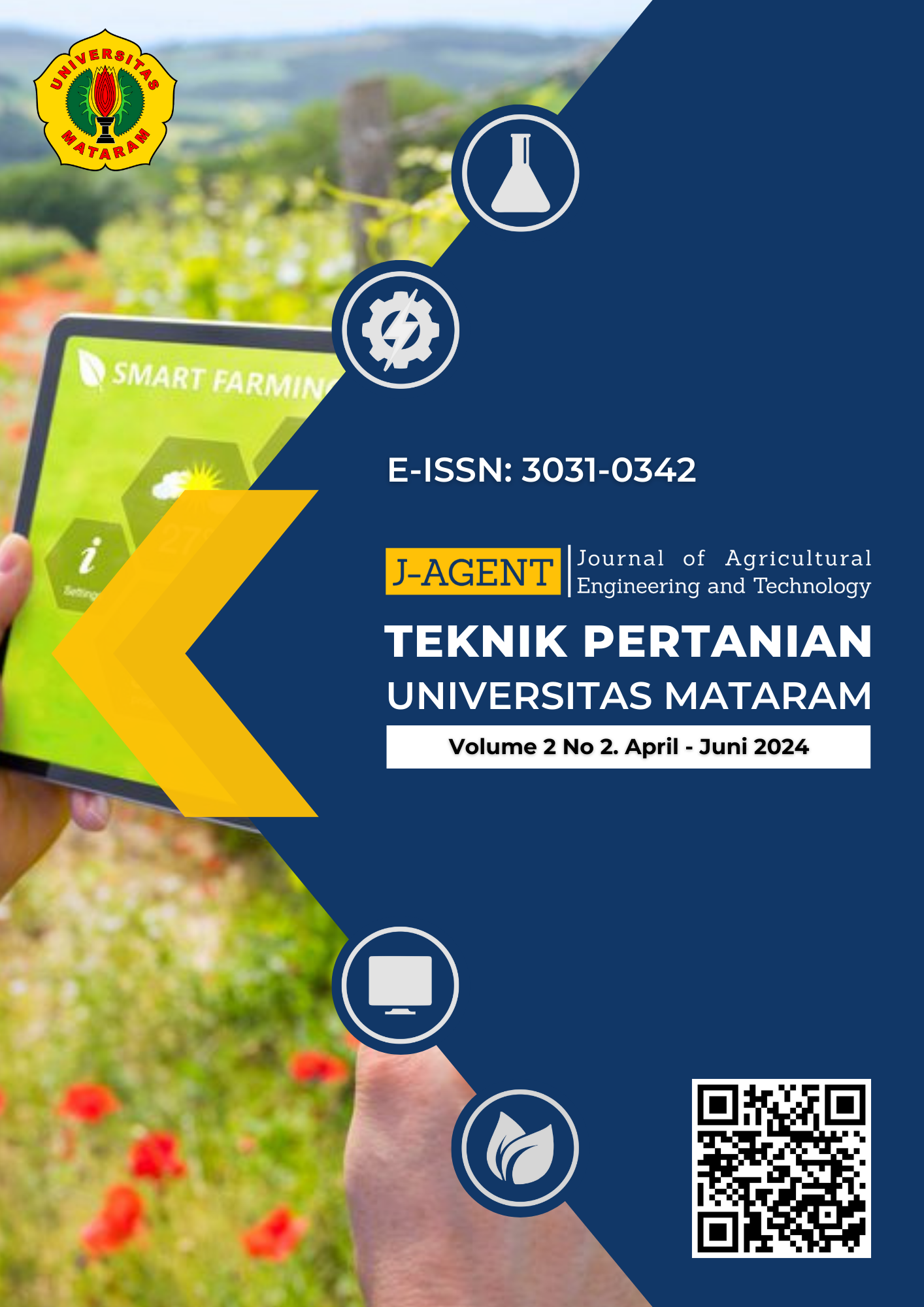Application of Capillary Irrigation System by Providing Age Variations of Catfish Wastewater as Liquid Organic Fertilizer for Spinach (Amaranthus sp.)
Keywords:
micro irrigation; capillarity; catfish wastewater; spinachAbstract
The application of micro irrigation in Indonesia has not been very developed even though this system has a high irrigation efficiency. Micro irrigation with capillary method is made from a combination of used bottles and polybags which are connected with flannel so that the water will move in capillaries to wet the soil. Catfish wastewater contains macro nutrients that plants need. Nutrient levels contained are N, P end K. The purpose of this reseach is determine the application of capillary irrigation and the need for utilization of catfish liquid on the growth of spinach and analyze the effect of variations in age of catfish liquid waste as liquid organic on the growth of spinach. This research method uses the eksperimental method of RAL experiment with 2 replications of variations in the age of catfish wastewater that is 5 days, 7 days, and 9 days as treatment. Parameters observed were capillary power, plant water consumption, nutrient uniformity, and spinach growth. The results showed that capillarity had no effect, but plant water consumtion has an effect on the growth of spinach plants. The use of catfish wastewater with variations of catfish wastewater aged 5 days gave the most effective effect on the growth of spinach.


